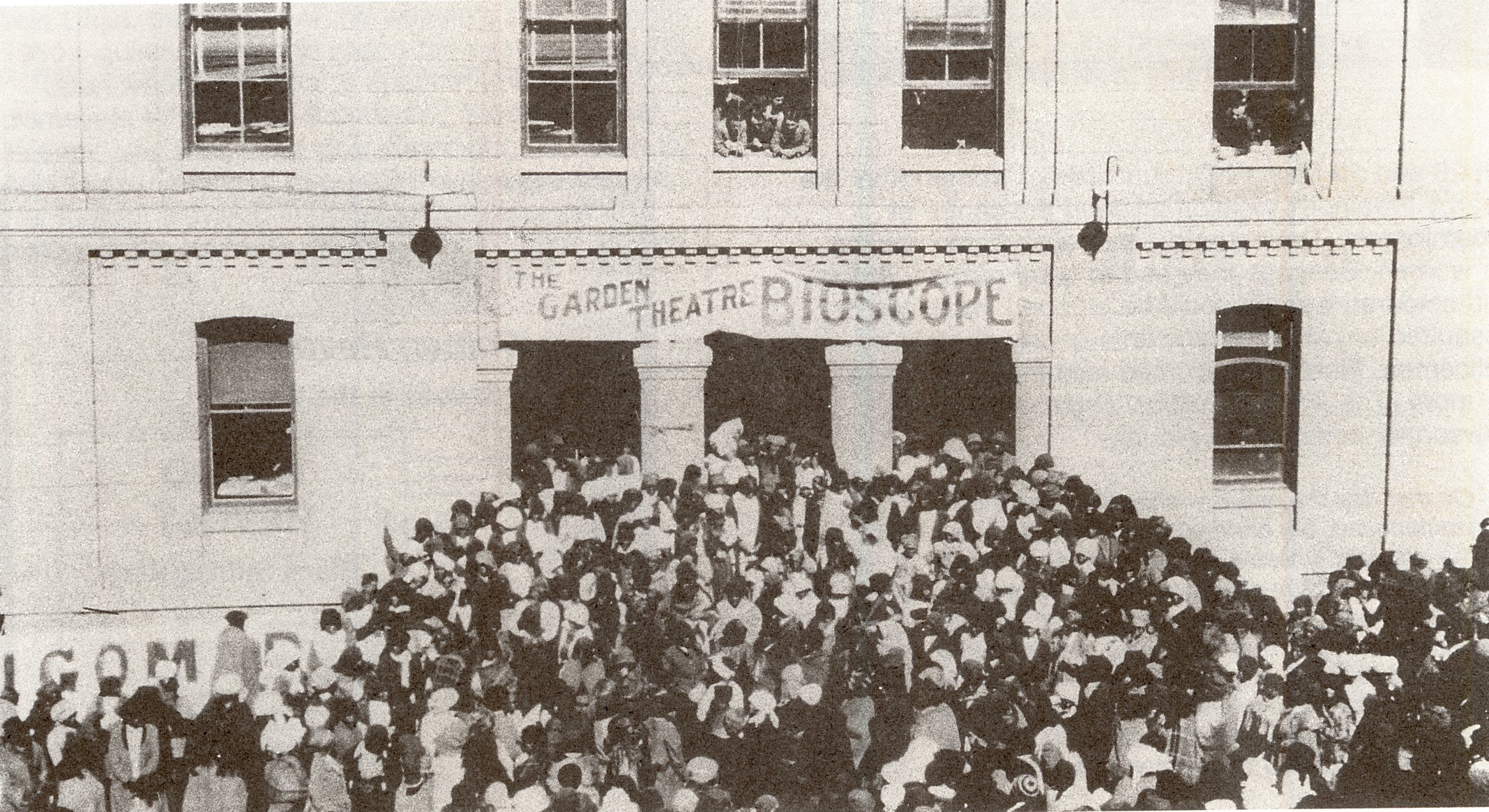Celebrating 40 Years of Women's Day - Bloemfontein

Lettie Malindi was born in Firgrove, near Stellenbosch, on 26 March 1922, the fifth of eleven children. Her father, John Matibi, was a railway worker from the Eastern Cape, and her family later migrated to Cape Town. Matibi had joined the African National Congress (ANC) in 1912 when it was formed, and her mother Harriet was also a member of the organisation.

Maggie Oewies-Shongwe was born in 1940 in Namaqualand, Cape Province (now Northern Cape Province). As the youngest in the house, she often stayed at home with her grandparents (who raised her) while her older relatives went to work. She would help her grandmother, who was the local midwife, take care of new-born babies.

Blombos Cave is a World-famous Archaeological Site, overlooking the sea and located in a private nature Reserve which is NOT open to the public!
"Archaeologists have uncovered some of the first evidence of symbolism, cognitive thinking and technological advancement, traits used to define modern human behavior."
The Knysna Lagoon opens between two massive cliffs, known as The Heads, these stand tall, acting as rugged watchmen over the pristine loveliness of the lagoon. Here, exquisite views of the water surging through the narrowed entrance make for idyllic backdrops to your Garden Route excursion.